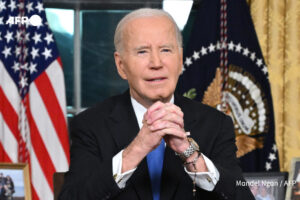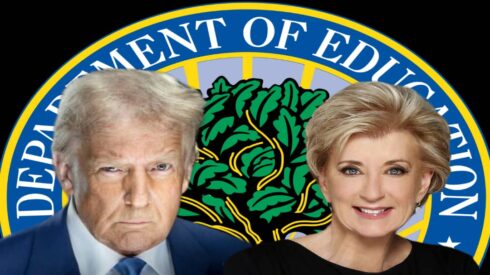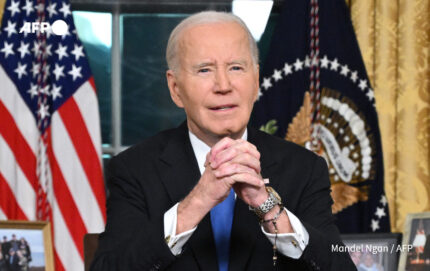President Donald Trump is set to sign an executive order on Thursday to dismantle the Department of Education, marking a historic shift in federal education policy. This bold action will direct Education Secretary Linda McMahon to take all necessary steps to abolish the department, fulfilling Trump’s long-standing promise to eliminate what he calls an “overreaching and unnecessary” agency.
Trump has repeatedly argued that the Department of Education has failed American students and wasted billions of taxpayer dollars while centralizing control in Washington. By dismantling it, he aims to return education authority to individual states, empowering local communities and parents to make decisions about their children’s learning. “Washington bureaucrats should not be dictating how our children are educated,” Trump stated at a recent rally. “We will put power back where it belongs—with parents and local communities.”
Why Trump Wants to Gut the Department of Education
Since his first presidential campaign, Trump has vowed to eliminate the Department of Education, calling it a prime example of government overreach. He argues that federal involvement in education has led to declining test scores, increased bureaucracy, and ideological influence in schools. According to Trump, removing the department will allow for greater flexibility, enabling states to craft education policies that align with their values and priorities.
Additionally, Trump has positioned the department as a tool of left-wing indoctrination. He has criticized federal programs that promote diversity, equity, and inclusion (DEI) initiatives, as well as critical race theory (CRT) and gender identity policies. His executive order will reportedly include provisions to block federal education funds from supporting such programs, reinforcing his commitment to a “patriotic” and “pro-American” curriculum.
Executive Order Details: The Plan to Dismantle
The executive order will instruct Linda McMahon, the newly appointed Education Secretary, to develop and implement a strategy to phase out the department’s responsibilities. Key federal programs, such as student loan management, Title I funding for low-income schools, and special education services, will be reassigned to state governments or other federal agencies. Trump’s administration has argued that this transition will ensure a smoother shift to state-led education systems.
In addition to redirecting funding, the order will immediately suspend federal enforcement of education mandates. Trump has long opposed federal oversight of school curriculums, and this move is expected to grant states the freedom to adopt their own educational standards without federal interference. His administration has also suggested expanding school choice programs, increasing funding for charter schools, and offering more homeschooling support as alternatives to public education.
Political and Legal Challenges to Trump’s Plan
While Trump’s order will set the process in motion, fully abolishing the Department of Education requires congressional approval. The department, established in 1979 under President Jimmy Carter, cannot be eliminated through executive action alone. Trump’s allies in Congress will need to push for legislative measures to formalize its closure—a task that may prove difficult in a divided political climate.
Democrats and education advocacy groups are expected to challenge the move in court, arguing that eliminating the department will disproportionately harm disadvantaged students. Critics warn that without federal oversight, states could roll back protections for low-income students, students with disabilities, and marginalized communities. Legal battles over the department’s funding, authority, and constitutional obligations are likely to unfold in the coming months.
Linda McMahon’s Role in Trump’s Education Overhaul
As the newly appointed Secretary of Education, Linda McMahon will play a crucial role in executing Trump’s vision. Best known for her leadership in business and as the former head of the Small Business Administration, McMahon will now be responsible for coordinating the department’s dismantling, overseeing the transfer of responsibilities, and ensuring that education services continue without disruption.
McMahon has expressed strong support for Trump’s education policies, stating that eliminating federal control will lead to “better results, lower costs, and more choices for families.” Her experience in organizational management will be put to the test as she navigates the complexities of closing a federal agency while working with states to establish their own independent education systems.
The Future of American Education Under Trump’s Plan
With the Department of Education on the chopping block, the future of American education is set to change dramatically. Trump envisions a system where state and local governments dictate educational policies without interference from Washington. This shift aligns with broader conservative efforts to promote school choice, reduce government spending, and curb what they see as ideological influence in schools.
As Trump prepares to sign the executive order, the political and legal battles surrounding his decision are just beginning. Whether his administration successfully abolishes the Department of Education or faces roadblocks in Congress and the courts, one thing is certain: Trump has once again positioned himself as a transformative force in American politics, reshaping the debate over education policy for years to come.














